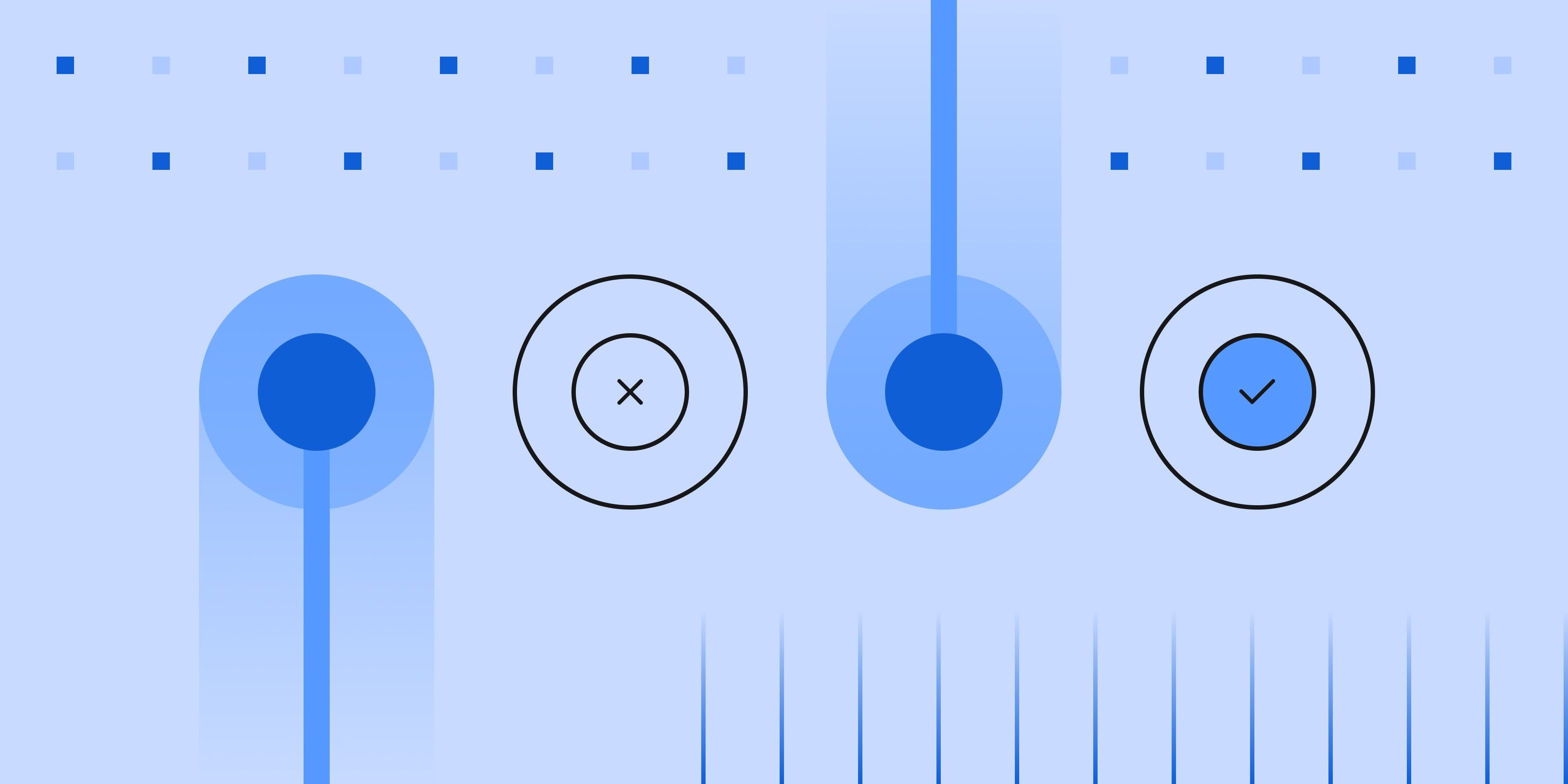First party cookies: A good evolution

In 2023, Google began depreciating support for third-party cookies, and this trend will accelerate later in this year. While the loss of third-party cookies brings a number of new challenges (most notably around advertising performance measurements) it also brings massive opportunities (for instance for better data quality).
So, we thought we’d share our thoughts with you. If you are considering using a first-party data collection platform like Rudderstack, the Warehouse Native Customer Data Platform, read on for some great advice on how to maximize the quality and reliability of the data you collect.
Third-party cookie deprecation
Chrome has started to deprecate third-party cookies and will accelerate this process over the next 12 months. Other platforms continue to tighten restrictions on code that can be executed client-side, and tracking activities that can take place with users on your website. This marks a shift in the way browsers allow data collection, and it’s a great evolution for customer privacy. It also makes for a powerful incentive to get great quality first-party data (the Walhalla of good analytics).
It also means that savvy marketers will need to look at alternative sources of data as they seek to maintain an edge over their competitors and keep ROI on their advertising spend high.
First-Party data is the new oil
These changes will be disruptive for many marketers because many of the tools in the digital marketer's arsenal rely heavily on third-party cookies to collect data, generate and optimize audiences, and measure campaign performance. But it doesn’t mean a loss of all signals from your customers. In fact, the pending changes will only increase the importance placed on firstparty data generated from your customers. This is a good thing. First-party data is almost always superior as it is higher quality, easier to govern, and better for user privacy. Collecting and activating this data will be essential to marketers looking to make the most out of their advertising budgets — both for campaign optimisation and performance measuring.
With RudderStack, there are three ways you can improve the quality, reliability and value of the first-party data you collect:
- Restrict tracker blockers by self-hosting SDKs
- Send first-party data to conversion APIs
- Switch from client-side to server-side tracking
Restrict tracker blockers by self-hosting SDKs
Many browsers have restrictions on loading javascript that originates from external sources. This can prevent tracking scripts hosted externally from loading on your site and consequently reduces the coverage and accuracy of your tracking, often to the point of reducing reliability to the extent that the data will not be reliable enough for marketing & attribution decision making.
By hosting the SDK within your own CDN (content delivery network), it’s far more difficult for a browser to prevent the script from executing, as it's less able to distinguish the SDK from code required for the site to function.
Rudderstack easily allows you to set this up, as you can read below.
How to host the RudderStack SDK from your CDN
Sending first-party data to conversion APIs
One of the key data activation use cases for third-party cookies is improving audience targeting in social media and advertising platforms. As third-party cookies are phased out, first-party data becomes increasingly more important for look-alike modeling and targeting use cases. But, you will have to make some configuration changes.
Sending your first-party data to the Conversion APIs provided by Snapchat, Meta (Facebook and Instagram), TikTok and Pinterest will improve targeting and segmentation happening in your ad platforms. Customers like Manscaped experienced up to a 37% increase in revenue by sending their first-party data to conversion APIs.
Use the pre-built API connectors from RudderStack to send first-party data to Conversion APIs to Meta and other advertising platforms.
Switch from client-side to server-side tracking
The most common method of maintaining a user’s identity between web sessions is by storing the identifiers in cookies –- this is important for marketers and product analysts as understanding whether three website visits were from a single user returning or three unique users is critical. External services leverage third-party cookies to track users across different sites, and this is what Chrome is now removing support for.However, it has been the case for some time that users have had to opt-in to cookies on a given site (in the EU primarily, but it has impacted the industry as a whole), affecting both third-party and first-party cookies. If a user doesn’t opt-in to analytics cookies, then every single visit they make will look like a unique user – impacting the trustworthiness of the insights collected.
Server-side tracking involves sending data first from the client to your web server, which then passes the data to the server of your destination. The benefits of this approach include:
- No reliance on cookie acceptance to achieve reliable tracking results
- Removing the risk of inconsistent data due to ad blockers loading tags inconsistently
- Increasing page-load times and improving the experience of your customers by removing pixels and javascript from the client
- More predictable data transmission and retries if connections are interrupted
Learn more about how to implement server-side tracking with RudderStack and Node.sj
Published:
March 26, 2024

Data standardization: Why and how to standardize data
When teams cannot rely on their data, reporting slows down and decision-making becomes riskier. Learn how standardization addresses these challenges by creating a consistent structure that data can follow from the moment it enters your system.

Understanding data maturity: A practical guide for modern data teams
The journey to data maturity isn't about having the most sophisticated tools or even the biggest volume of data. It's about taking the right steps at the right time to unlock value from the data you have.

Data governance for healthcare: How regulated industries build trust at scale
Learn how Accurx was able to manage over 40 million monthly events while maintaining strict compliance with healthcare regulations and GDPR, using RudderStack's secure customer data infrastructure.






